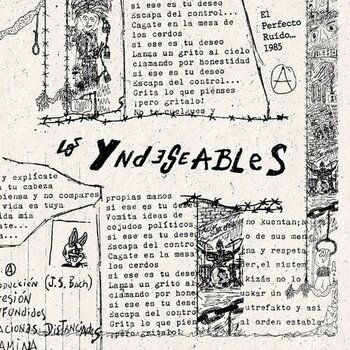Lucila Justina Sarcines Reyes was born on July 19, 1936, in the Rímac district. After being admitted to a Franciscan convent and studying only until the third grade of primary school, now a teenager, she returned home, but suffered an attempt of rape by her new stepfather; she was forced to move to the central neighborhood of Barrios Altos, to live with her uncle, a guitarist from the legendary Guardia Vieja, also known as the founders of the Peruvian criollo waltz. This group of non-professional musicians, made up of bricklayers, merchants, artisans, marble workers and other employees, prolonged the oral traditions of their African slave ancestors in working-class neighborhoods of the capital. While the wealthy reject the music of their peons, which they associate with alcohol and disorder, it is the workers who listen carefully to the European waltzes and Aragonese jotas at the aristocratic halls, and later, back in their famous one-pipe alleys, transform their music under the spell of the night. It is in these sociability spaces that house numerous low-income families, where these criollos cheer up birthdays, weddings, anniversaries and other parties until dawn with the trill of their guitars and cajones. It is there that Reyes, at 16-years-old, picks up the legacy of the Guardia Vieja and her life changes forever: she is often asked to sing in jaranas (criollo parties), and since her voice stands out immediately, she is encouraged to make her debut on a radio show called El Sentir de los Barrios, where she performs the waltz "Abandonada" by Sixto Carrera. By 1973, Lucha Reyes had already reached the peak of her career, and that summer she got invited to perform in Chicago and at the renowned Waldorf-Astoria in Manhattan. Her triumph in music came at a time of Afro-Peruvian culture visibility in Peru and in the world, prompted, in part, and from the arts by the siblings Nicomedes and Victoria Santa Cruz.

